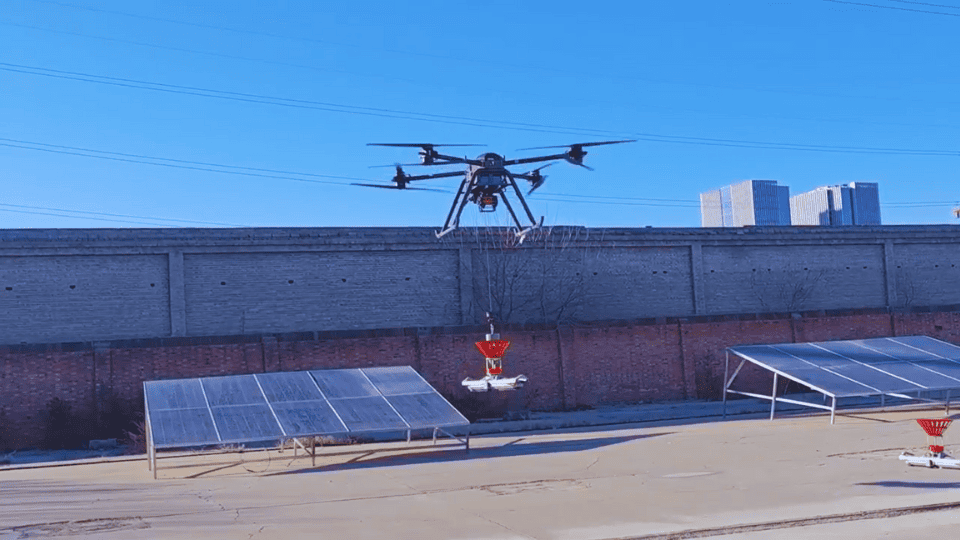Essential Tips for Cleaning Solar Panels
Solar panels are a long-term investment in energy efficiency—but only when they’re clean. Dust, pollen, bird droppings, and water stains can cut energy production by up to 25–30%, and in high-soiling environments, losses can exceed 35%. Proper maintenance is critical.
In this guide, we’ll share expert tips for safe, effective solar panel cleaning—and show how robotic solutions like the IFBOT X3, M20, and UAV-integrated system make it effortless, sustainable, and scalable.
1. Understand When and Why to Clean Your Panels
Even a thin layer of dust reduces light absorption, meaning your panels generate less power. Consider this:
• A 5% loss in efficiency on a 10 kW system equals ~40 kWh per month in lost output.
• At $0.10 per kWh, that’s $4/month lost—or nearly $1,000 over 20 years.
Cleaning panels 2–4 times a year can recover these losses.
Key indicators it’s time to clean:
• Noticeable dust, grime, or bird droppings
• Sudden drop in solar power output
• Panels near trees, farms, or construction zones
2. Clean Safely with the Right Tools
DO:
• Use soft microfiber cloths or brushes
• Clean during early morning or late evening to avoid thermal shock
• Use distilled or deionized water for wet cleaning (to prevent hard water residue)
DON’T:
• Use high-pressure hoses
• Apply soap with harsh chemicals
• Scrub too hard or on hot panels
3. Automate with IFBOT for Optimal Results
Manual cleaning is time-consuming and risky—especially on rooftops or large farms. That’s where IFBOT comes in:
🔹 IFBOT X3
A lightweight dry-cleaning robot (only 6.2 kg) that uses nano-fiber brushes and vacuum suction. Perfect for sloped rooftops and water-scarce areas.
🔹 IFBOT M20
A powerful dual-brush wet cleaning robot with Dynamic Mud-Water Separation technology. Ideal for heavy grime and large arrays.
🔹 IFBOT UAV System
A game-changer for solar farms. Drone-integrated cleaning deploys robots across panel rows automatically—ideal for hard-to-reach sites.
4. Frequency Depends on Environment
• Arid/desert zones: clean every 1–2 weeks
• Urban/industrial zones: clean monthly
• Mild/rainy climates: every 3–4 months
Robotic cleaners make this frequency realistic, scalable, and cost-efficient.
5. Track Energy Output Before & After
Use your inverter or monitoring app to check performance before and after cleaning. You might be surprised at the difference:
📊 Example:
Before cleaning: 8.5 kW peak
After cleaning: 10 kW peak
= 17.6% increase in output!
Conclusion
Whether you manage a rooftop system or a large solar farm, clean panels mean powerful returns. By following safe, effective cleaning practices—and adopting IFBOT’s robotic solutions—you’ll:
• Maximize energy yield
• Extend your panel lifespan
• Minimize labor and water waste
• Reduce carbon emissions
Want to see what IFBOT can do for your installation?
👉 Contact us today for a free consultation




